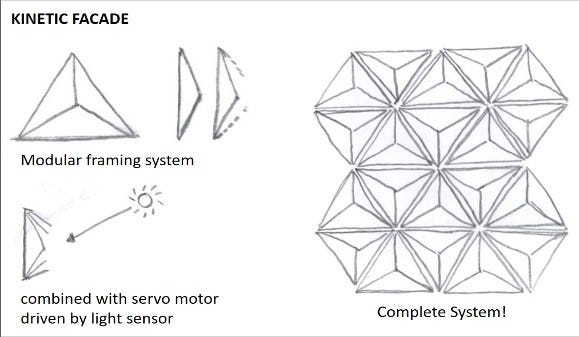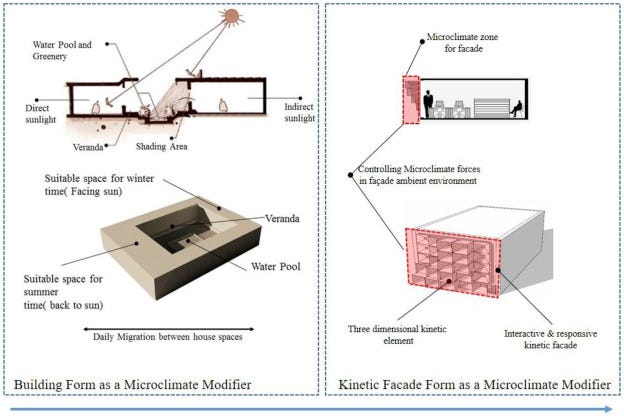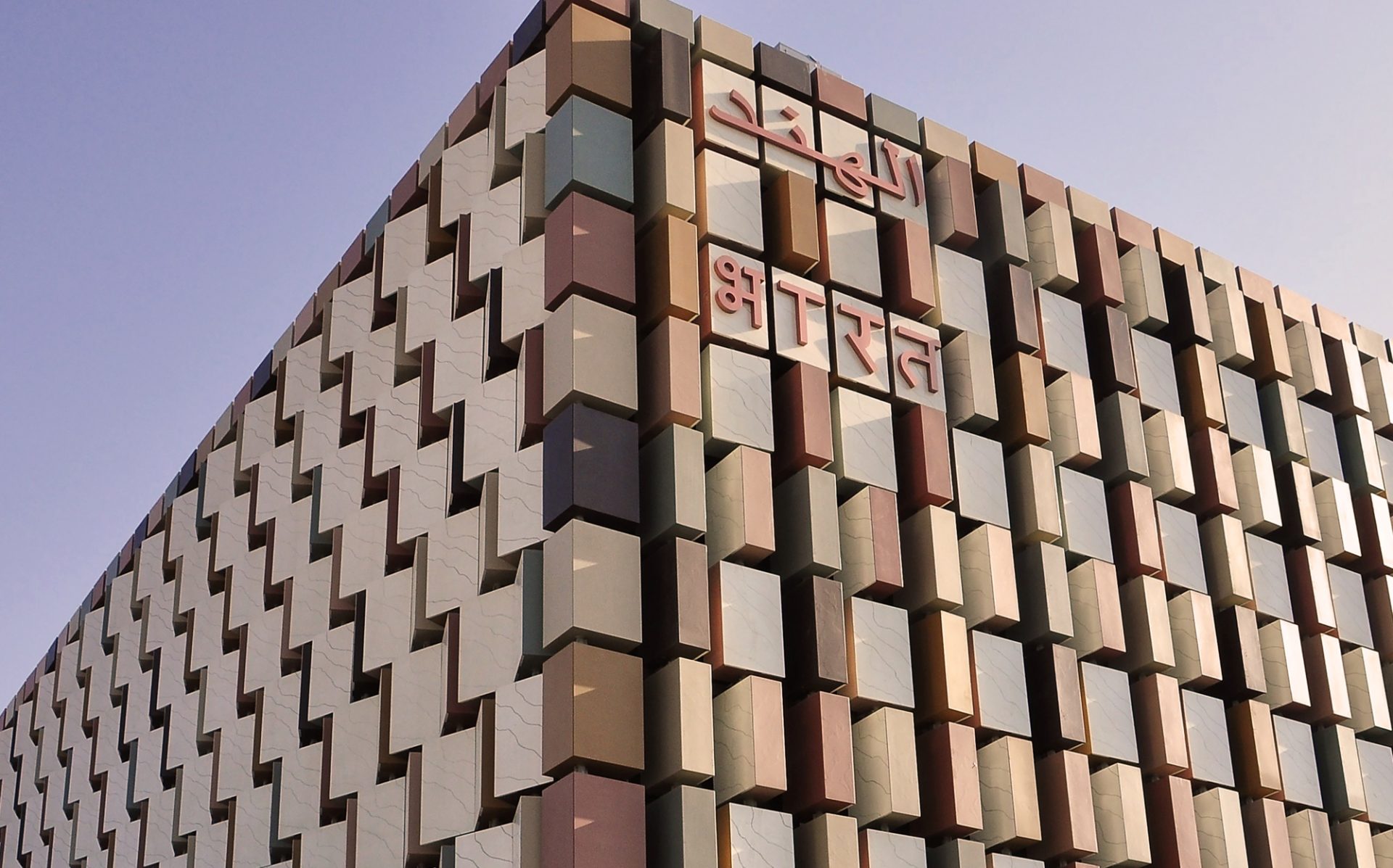Kinetic architecture represents an exciting fusion of design and movement, breathing life into modern structures. This innovative approach combines engineering, technology, and design principles to create buildings that can adapt, transform, and interact with their environment. From rotating facades to shape-shifting roofs, kinetic architecture challenges the static nature of traditional buildings, offering dynamic and engaging experiences for occupants and onlookers alike.
“Architecture is a visual art and the buildings speak for themselves.”
— Julia Morgan
Principles of Kinetic Architecture:
At its core, kinetic architecture is rooted in the idea that buildings should be able to respond to various external factors, such as climate, sunlight, wind, and user needs. The principles driving this field include adaptability, transformability, and interactivity. Inspired by the dynamic qualities of nature and the desire to create more responsive and adaptable spaces, architects and engineers have embraced this concept to breathe life into static structures. Kinetic architecture relies on innovative engineering systems, such as motors, hydraulics, and computer-controlled mechanisms, to enable movement, rotation, and transformation.

Applications and Examples:
Kinetic architecture finds its application in a variety of settings, including commercial buildings, cultural centers, and even residential spaces. One notable example is the Turning Torso in Malmö, Sweden. Designed by Santiago Calatrava, this iconic skyscraper features a twisted form that rotates 90 degrees from the base to the top. Its dynamic design allows for optimal views, reduced wind resistance, and increased natural light penetration. The tower’s design not only provides occupants with breathtaking vistas but also adds a sense of dynamism to the cityscape. This residential tower features nine segments that can rotate independently, offering panoramic views of the city.
Another inspiring example is the Al Bahr Towers in Abu Dhabi, UAE. The towers utilize a sophisticated sun shading system that adjusts its position based on the sun’s movement throughout the day. This not only reduces energy consumption by minimizing solar heat gain but also creates a visually stunning effect as the facade appears to ripple and change. For instance, the Al Bahr Towers in Abu Dhabi feature a responsive shading system inspired by the traditional “mashrabiya” screen. The kinetic facade automatically opens and closes, optimizing daylight and reducing solar heat gain, thereby enhancing energy efficiency.
Benefits and challenges:
The incorporation of kinetic elements in architecture offers a myriad of benefits. Firstly, it enhances the aesthetics of the structure, creating an element of surprise and intrigue. Dynamic buildings can change their appearance, shape, and orientation, captivating observers and becoming iconic landmarks in the process. Additionally, kinetic architecture can be a powerful tool for artistic expression, creating iconic landmarks that capture the imagination.
Secondly, kinetic architecture improves functionality by allowing structures to adapt to different environmental conditions. Structures can optimize energy efficiency by dynamically adapting to changing environmental conditions. Occupants can enjoy improved comfort, enhanced natural lighting, and a greater connection to the surrounding environment. For instance, movable sunshades can regulate sunlight and heat, optimizing energy efficiency. Lastly, it provides a dynamic and engaging experience for users, making spaces more interactive and memorable.

However, there are also challenges to overcome. The integration of complex mechanical systems requires careful planning and coordination between architects, engineers, and contractors. Maintenance and durability of moving parts can also be a concern, requiring regular upkeep and monitoring. Moreover, there may be cost implications associated with the initial construction and ongoing maintenance of these dynamic structures.
The Future of Kinetic Architecture:
As kinetic architecture continues to evolve, the possibilities for its application are expanding. Architects and engineers are exploring innovative materials and technologies to push the boundaries of what can be achieved. From self-assembling structures to buildings that harness renewable energy through movement, the future of kinetic architecture holds immense potential.
Moreover, kinetic architecture has the potential to play a significant role in sustainable design. Buildings that can harness natural resources and optimize energy consumption through dynamic adaptation can contribute to a greener future.
In conclusion, kinetic architecture represents a captivating fusion of design and movement, breathing life into modern structures. By incorporating mechanical elements and interactive features, buildings become dynamic, adaptable, and engaging. With its ability to transform aesthetics, enhance functionality, and create unique user experiences, kinetic architecture is reshaping the way we perceive and interact with our built environment. As the field continues to evolve, we eagerly anticipate the awe-inspiring structures and experiences that lie ahead.
For more blogs related to design: https://www.dotsod.in/blog/
Follow DOT School of Design in Facebook, Instagram, LinkedIn, Medium and YouTube

